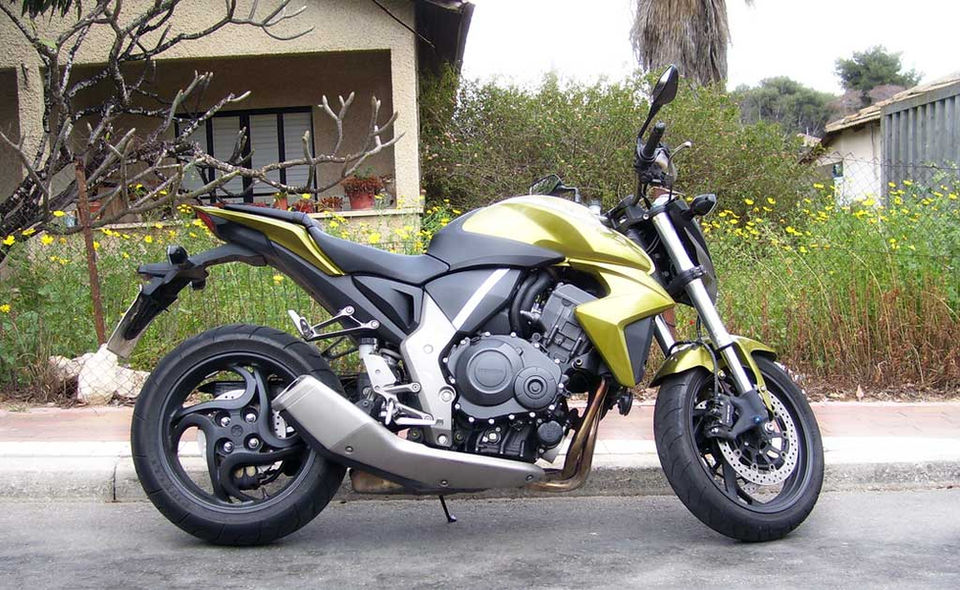




Why Choose Rust-Stopper?
-
Stops rust on all metals, even damaged ones.
-
Easy setup, proven in marine and industrial use.
-
Energy efficient and safe, protects long-term.
Rust-Stopper Perfect for:
-
Works on cars, boats, planes, and industrial gear.
-
Low power, eco-friendly, non-stop protection.
-
Doesn't drain batteries or affect systems.
How Rust-Stopper Works
-
Stops rust using Active Cathodic Protection, effective even in harsh conditions.
-
Prevents and slows rust on all metals, including existing corrosion.
-
Protects unpainted or damaged areas comprehensively.

Key Benefits:
-
Long-lasting Protection: Stops and prevents rust even on damaged or unprotected surfaces.
-
Universal Use: Ideal for vehicles, boats, metal roofs, fences, and industrial equipment.
-
Proven Technology: Used in marine and industrial settings for years.
-
Easy Installation: Minimal maintenance and clear instructions for quick setup.
-
Eco-Friendly & Safe: Low power consumption and completely safe for electronics.
-
Say goodbye to rust and keep your assets looking and working like new.
Technology Behind Rust-Stopper
-
Cathodic Protection: Rust-Stopper uses proven technology to shield metals in marine and industrial environments.
-
Direct Current Polarization: Polarizes metal, moving electrode potential to a non-corrosive range.
-
Prevents Electrochemical Corrosion: Stops rust by inhibiting the formation of galvanic cells.
-
Blocks Anodic Reactions: Prevents metal atoms from ionizing, halting rust formation.
-
Enhances Surface Resistance: Efficient polarization reduces metal's susceptibility to corrosion.
-
Withstands Harsh Conditions: Effectively protects against damage from salt water or acid rain.

























